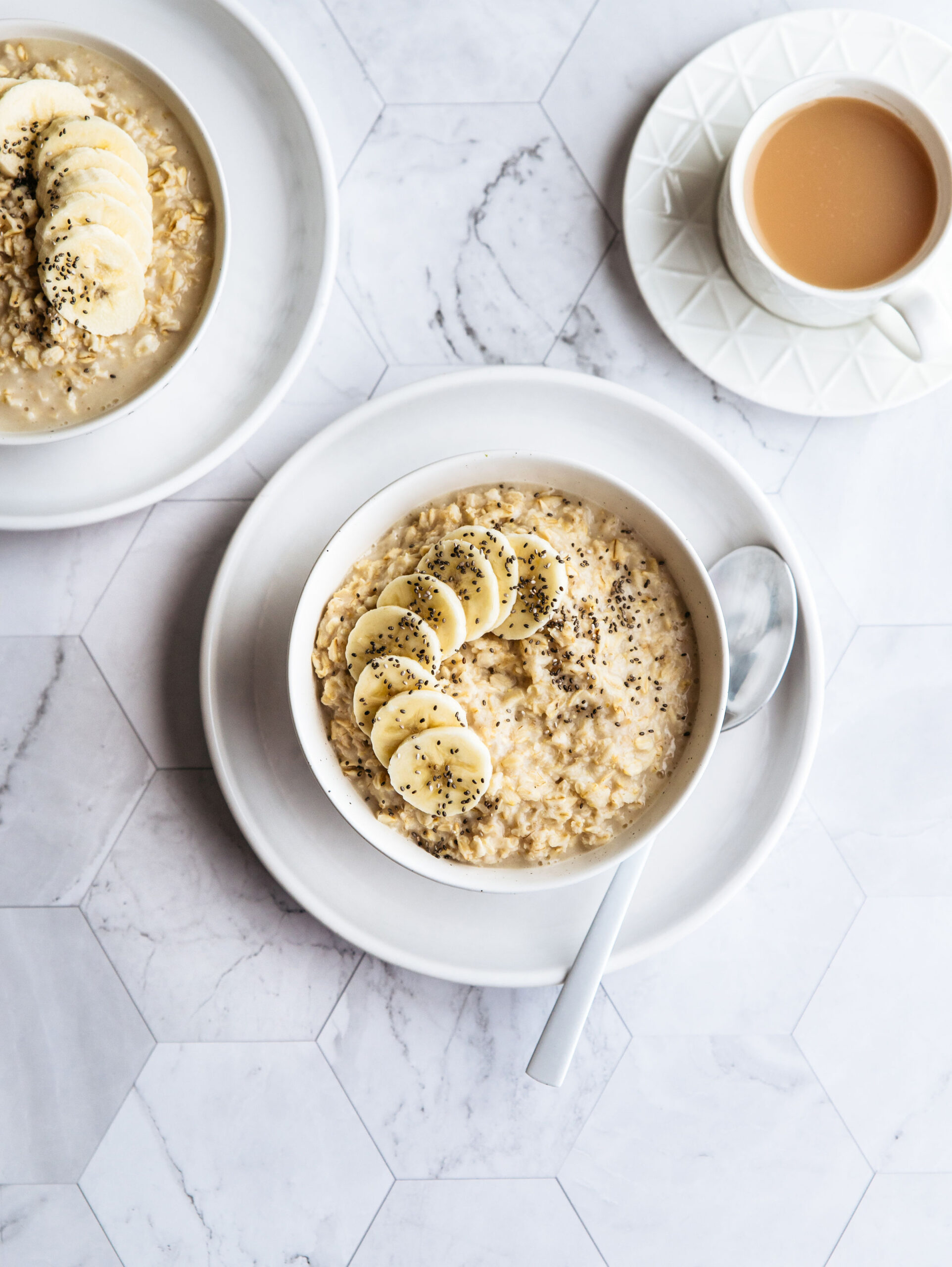Everything You Need to Know About Fondant Icing: How to Store, Freeze, Thaw and Perfect Your Fondant Cakes
This guide explains everything you need to know about fondant icing: how to store it, freeze and thaw it correctly, decorate with it, and fix common problems so your cakes always look bakery-perfect.
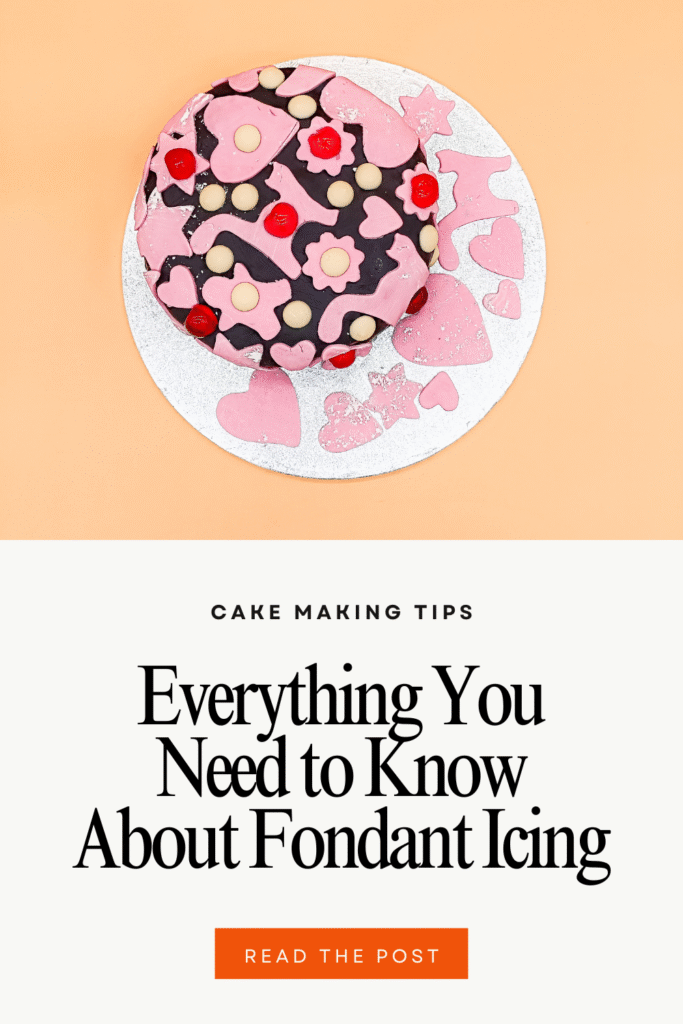
Fondant icing can transform an ordinary cake into a stunning centrepiece, but it can also be one of the trickiest materials to master. Too dry, too sticky, or prone to cracking, fondant demands the right handling, storage, and decorating techniques to look and taste its best.
Shop my recommended baking supplies here

What Is Fondant Icing?
Fondant icing, also known as ready-to-roll icing, is a smooth, pliable sugar dough used to cover cakes and create decorative details. It’s what gives professional cakes their elegant, polished finish. Because it has a low moisture content and a high sugar concentration, fondant lasts well – but it’s sensitive to air, temperature, and humidity. Learning how to store and handle it correctly makes all the difference.

For this cake (above), I froze the individual cake decorations, such as the fondant shoe, lipstick and perfume in plastic wrap in the freezer. Make sure you wrap them individually in a few layers of airtight plastic wrap before wrapping again in foil.
Shop my favorite cake decorating tools here
How to Store Fondant Icing
Unopened Fondant
If your fondant is still sealed and within its best-before date, store it in a cool, dry cupboard away from heat and sunlight. Do not refrigerate or freeze it, as condensation can alter its texture and make it sticky or grainy once thawed.
When stored properly, fondant icing often lasts up to six to twelve months beyond its best-before date. Check that it still looks smooth and evenly coloured, feels soft when pressed, and smells neutral or sweet before using it.
Opened Fondant
Once opened, fondant needs to be sealed tightly to prevent it from drying out. Wrap it securely in cling film so no air can get in, then place it inside an airtight container. Store it at room temperature in a cool, dry place for up to three to six months.
If your kitchen is particularly warm or humid, you can refrigerate it temporarily, but always allow it to reach room temperature before unwrapping. This prevents moisture from forming on the surface.
Can You Freeze Fondant Icing?
Freezing fondant icing is not generally recommended. The freezing and thawing process can change its structure, making it sticky or grainy.
If you absolutely must freeze fondant (for example, decorations you have already made), wrap it tightly in plastic wrap, seal it in an airtight container, and freeze it flat. Thaw it slowly in the refrigerator while still wrapped, then allow it to reach room temperature before unwrapping.
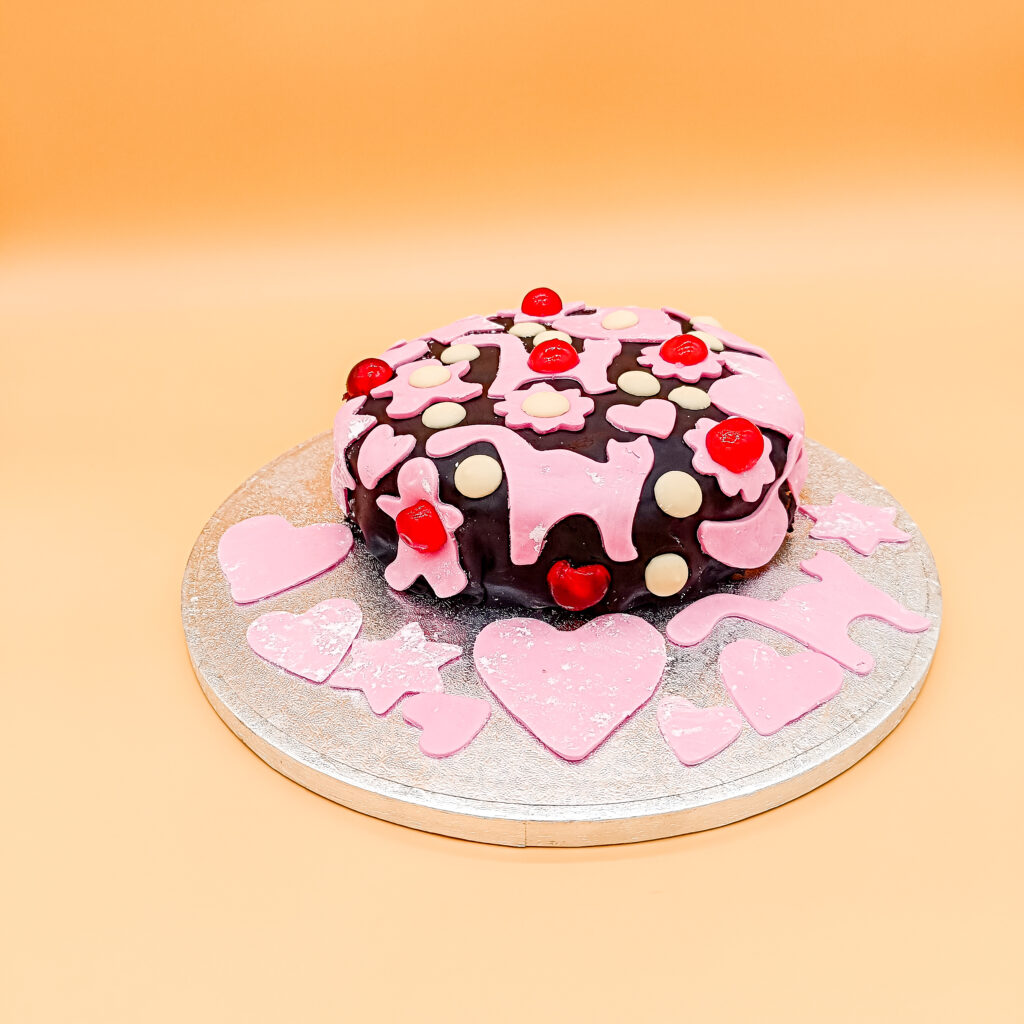
How to Freeze a Fondant-Covered Cake
While freezing fondant itself isn’t ideal, you can freeze a fondant-covered cake if you need to prepare it in advance. The key is to protect the surface and thaw it gradually to avoid condensation.
- Chill the decorated cake in the fridge for about one hour so the fondant firms up.
- Wrap the cake carefully in several layers of cling film, followed by a layer of foil or a freezer-safe container.
- Label and date it. Fondant-covered cakes can be frozen for up to three months.
How to Thaw a Fondant Cake
For best results, many bakers prefer to freeze cake layers undecorated and apply fondant fresh before serving. This guarantees a perfect finish every time. If you do happen to freeze an entire iced cake then thaw the fondant cake as follows:
- Transfer the wrapped cake from the freezer to the refrigerator and leave it for 12 to 24 hours.
- Then allow it to come to room temperature slowly, still wrapped, for several more hours.
- Do not remove the wrapping until the cake is completely thawed. This allows condensation to form on the wrapping instead of the fondant.
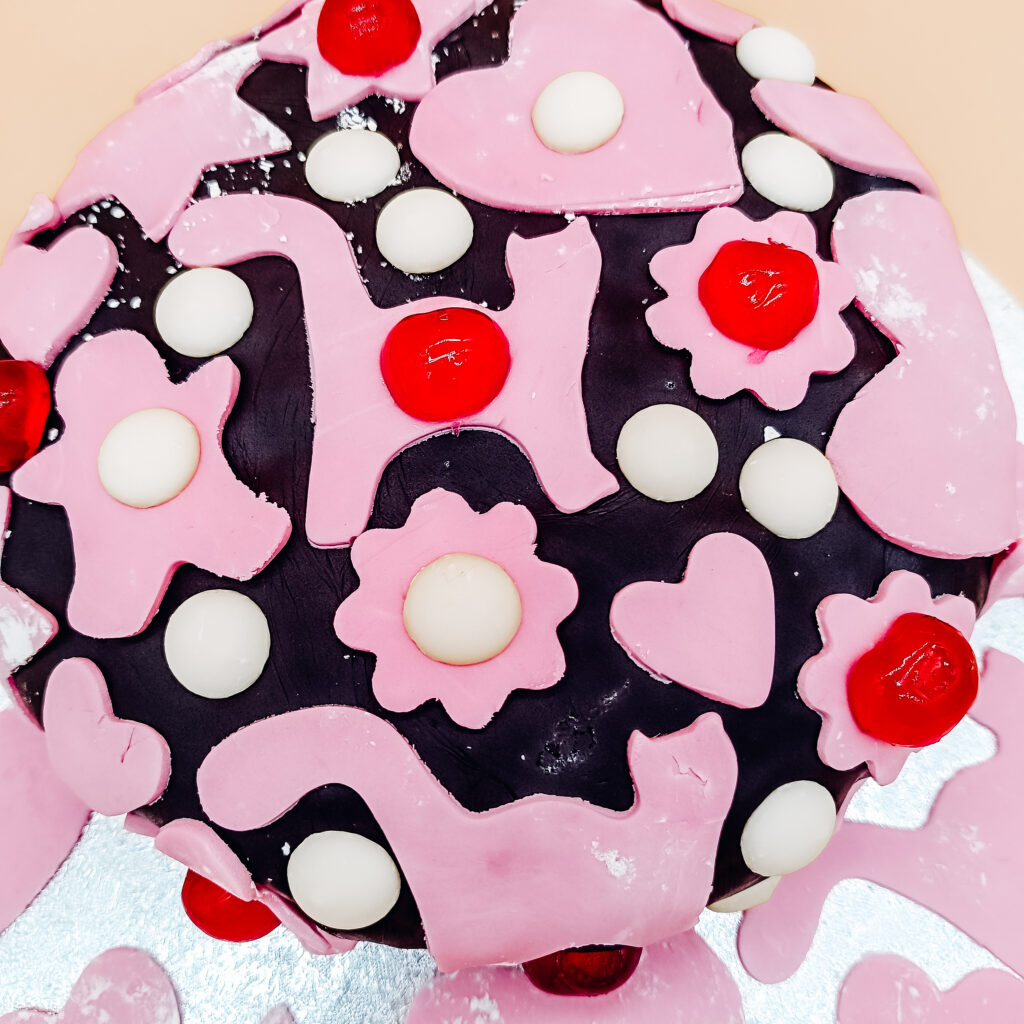
Short-Term Storage for Fondant-Covered Cakes
If you plan to serve the cake within one to two weeks, store it at cool room temperature in a cardboard cake box or covered container. Avoid direct sunlight, heat, or moisture. This reusable cake box is perfect for those who bake regularly and need a secure place to store their cakes.
Refrigeration is not recommended unless the filling is perishable, such as whipped cream or fresh fruit. Buttercream, jam, or ganache fillings are usually fine at room temperature for several days.
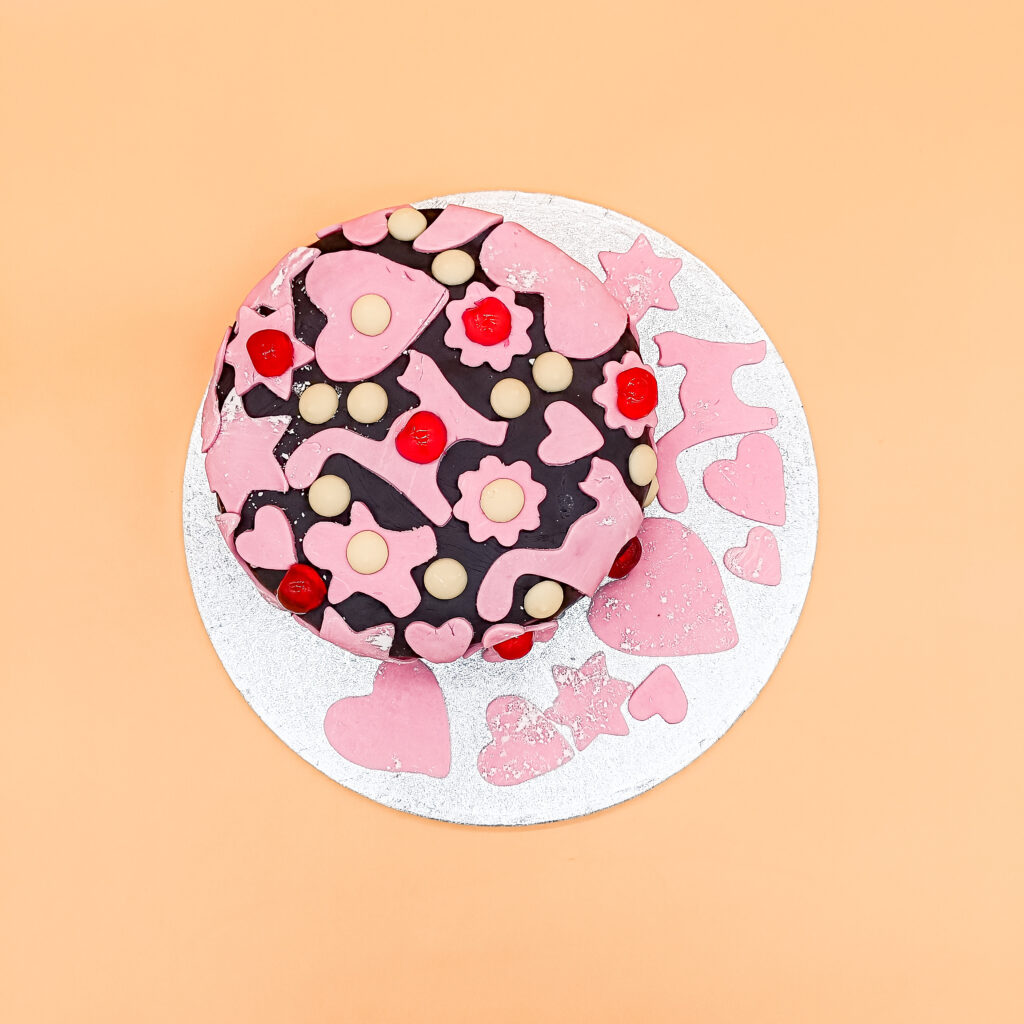
Fondant Decorating Tips and Tricks
Kneading and Rolling
Knead fondant well before rolling it out. This warms the icing and makes it pliable, helping to prevent cracks. Use a light dusting of cornflour or icing sugar to prevent sticking, but avoid adding too much, which can dry it out. Roll the fondant evenly to around three to four millimetres thick for a smooth, professional finish. A fondant smoother is useful for removing air bubbles and creating an even surface.
Colouring and Detailing
Use gel or paste food colours rather than liquid, which can make the fondant sticky. Add colour gradually, kneading until it’s evenly distributed. Once coloured, wrap and rest the fondant for about an hour to allow the pigment to deepen and settle.
For firm decorations such as bows or figurines, mix in a pinch of tylose powder to help the fondant set more quickly. For a glossy finish, lightly steam the surface or brush with a mixture of vodka and water. For a soft, matte look, dust lightly with cornstarch.

Fondant Troubleshooting Guide
| Problem | Cause | Fix |
|---|---|---|
| Cracking or tearing | Fondant too dry or cold | Rub with a little vegetable shortening (Trex or Crisco) and smooth gently |
| Air bubbles | Air trapped during rolling | Pierce with a sterile pin and smooth over |
| Stickiness | Too warm or humid | Dust lightly with cornstarch |
| Dry or crumbly texture | Overexposure to air | Knead in a few drops of water or glycerin |
| Sweating or sticky surface after chilling | Condensation | Allow to come to room temperature before unwrapping |
Decorating and Display Tips
Apply fondant over a thin, even layer of buttercream, ganache, or jam. This helps the fondant stick and creates a flawless base. Work quickly once the fondant is rolled out, as it begins to dry almost immediately.
When covering square cakes, smooth the sides first, then gently lift and press the corners to prevent tearing. Allow the fondant to set overnight before painting, stacking, or adding heavy decorations. Store finished decorations in a cardboard box, never an airtight plastic container, so they can dry and stay crisp.
Expert Fondant Icing Tips
Fondant icing is one of the most versatile and beautiful materials in cake decorating, but it requires the right care to achieve a professional finish. Store it airtight and at room temperature, avoid freezing unless necessary, and thaw slowly if you do freeze decorated cakes. Always knead and rest fondant before use, and protect it from humidity and heat.
With these expert fondant icing tips, your cakes will stay smooth, elegant, and bakery-quality every time.
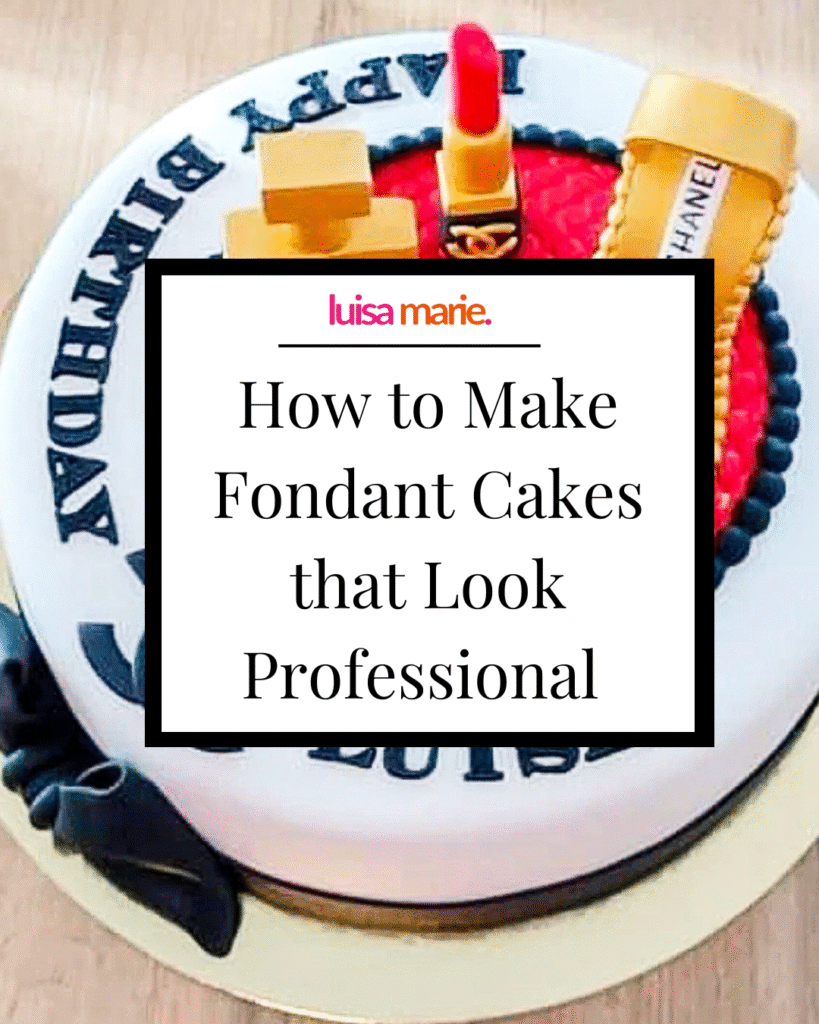
How to Make Fondant Cakes that Look Professionally Made
If you’ve ever seen those beautifully decorated cakes on Instagram and wonder how they do it then you’re not alone. The key to making fondant icing cakes look professional is to pay attention to each of the small steps outlined here. That means storing, decorating and using your roll-out icing as advised.
I also recommend keeping a small “fondant rescue kit” on hand with cornstarch, vegetable shortening, gel colours, a fondant smoother, and tylose powder. These essentials will help you solve almost any fondant problem on the spot. Shop my favorite cake decorating tools here


